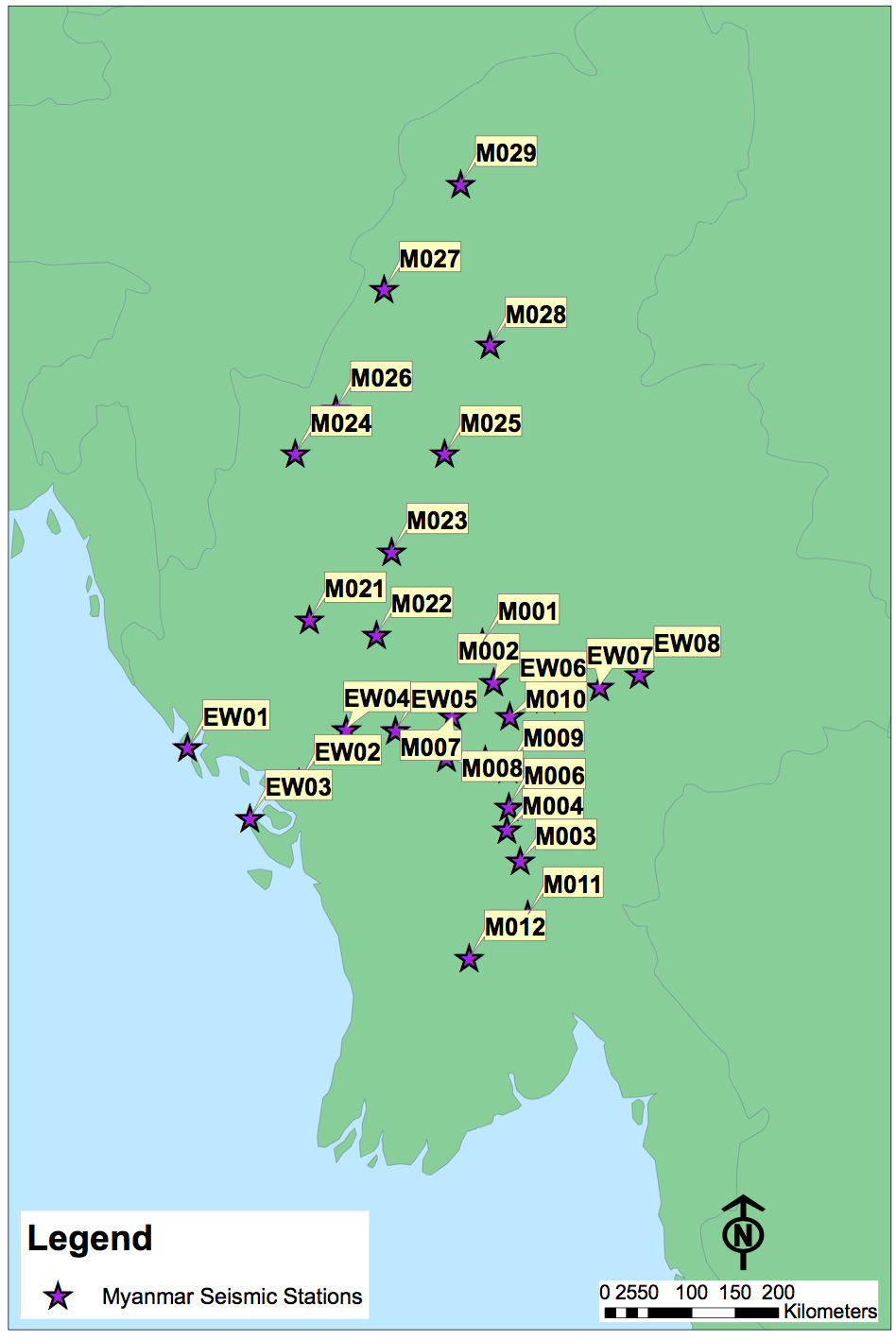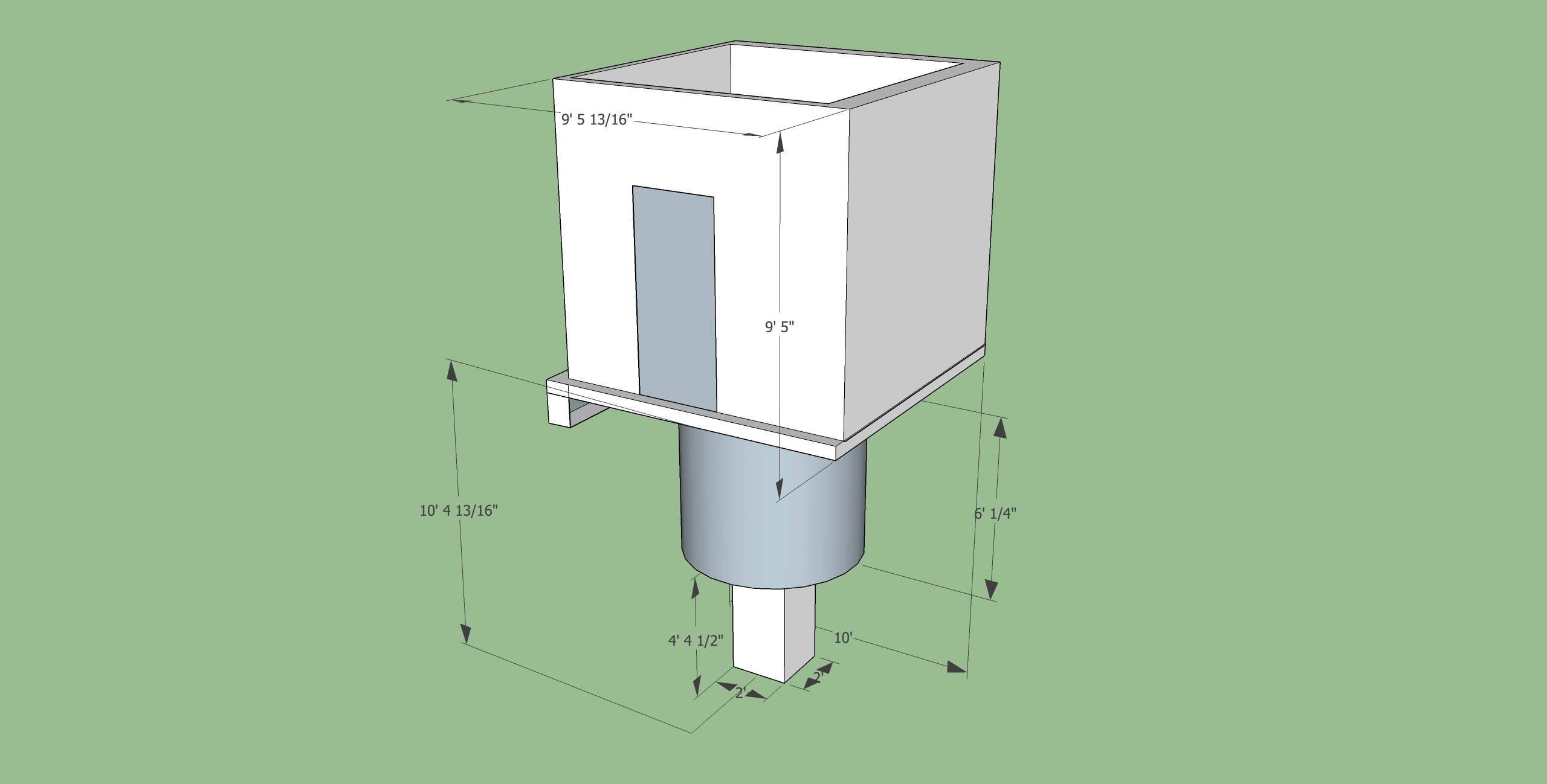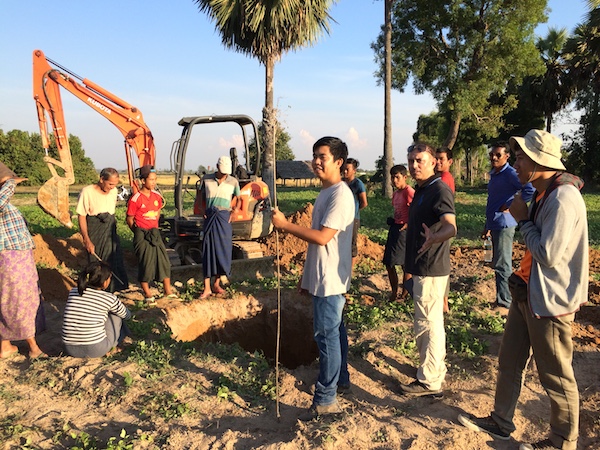Scientists have long known that Myammar is tectonically vulnerable. But only recently, says Dr Paramesh Banerjee, have they been able to understand the full extent of the country’s seismic activity. 
This new insight is made possible by the new Myanmar Seismic Network (MSN), established earlier this year. The network comprises 30 broadband seismometers, scattered throughout the country from the northernmost Kachin state, all the way to the Tenasserim Division in the south.
Dr Banerjee, Technical Director at the Earth Observatory of Singapore (EOS), led a team who built the network in collaboration with the Myanmar Earthquake Committee, and the Department of Meteorology and Hydrology in Myanmar.
The entire project took one year to complete–Dr Banerjee’s team began selecting possible sites to place the seismometers in July 2016, and the final seismometer station was constructed by July 2017.
At each of the 30 stations in the network, a high quality broadband seismometer is kept in a vault, ten feet underground. The seismometer is contained in a thermally-sealed environment, removed from the surface of the ground, so as to reduce the chances of the data being compromised by external noises.

The seismometers measure ground motion, and detect the presence of seismic waves generated by earthquakes. The data collected by the seismometers is transferred by 3G telemetry to servers in Singapore and Nay Pyi Taw, Myanmar.
As it is being transmitted in real time, the data is initially processed using a free software, which continuously assesses whether any earthquakes are occurring.
Whenever the software detects the presence of an earthquake above magnitude-1.5, it locates the earthquake’s precise coordinates and magnitude, and plots it as a data point on a centralised map, before sending out an automatic email notification with all the relevant information. Within two minutes, Dr Banerjee’s team will know that an earthquake has occurred.

At present, the MSN detects an average of four to five minor earthquakes in Myanmar each day. The live stream of incoming data also helps the scientists to monitor the condition of each seismic station. This is an important yet often very challenging task, as many of the stations are located in remote or rural areas, some only accessible by boat or foot.
Dr Banerjee explains that when his team began working in Myanmar, eight years ago, it was one of the least instrumentally-covered countries in Asia. There were already established seismic and geodetic networks in Indonesia, Philippines, Bangladesh, Bhutan, and India.
While Myanmar was still under military rule, Dr Banerjee and his team developed rapport with local communities and organisations in order to establish the country’s first permanent GPS network. He and his team trained Burmese scientists who would later become their collaborators.

“Tectonically, Myanmar is very vulnerable,” says Dr Banerjee. This is due to two important zones: the India-Asia Collision Zone, which is continuously producing small earthquakes, and Sagaing fault, which divides the country in half, running North-South and extending all the way to Indonesia.
Thanks to the new MSN, scientists now have much more thorough data on Myanmar’s seismic activity. First and foremost, this data benefits seismological research, which can ultimately advance our understanding of earthquake risk.
“This data is also valuable to civil engineers,” explains Dr Banerjee. “When you are designing a dam, for example, you need to be aware of the earthquake history, seismic risk, and vulnerability of the area, so that you can design the dam appropriately.”
Dr Banerjee explains that the data provided by the MSN will eventually be open-access, and thereby available to people in all countries.

The gaps in communication between seismologists and urban planners could lead to potential disasters. “Big cities, like Yangon, are sitting in a very vulnerable position,” says Dr Banerjee. “They are characterised by huge populations, many poorly constructed buildings, and unplanned growth.” Dr Banerjee hopes that the seismic data provided by the MSN will be incorporated into decisions made by urban planners and developers.
At the moment, however, there is no existing regional seismic network. As such, the data provided by MSN is limited to seismic activity within the Burmese borders.
As the newly appointed President of the Asian Seismological Commission, Dr Banerjee plans to work towards establishing a regional seismic network and data-sharing programme to allow for more thorough seismic monitoring in the region.
Because earthquakes are not confined by national borders, “seismic networks are much more effective when there is inter-network data-sharing,” says Dr Banerjee.